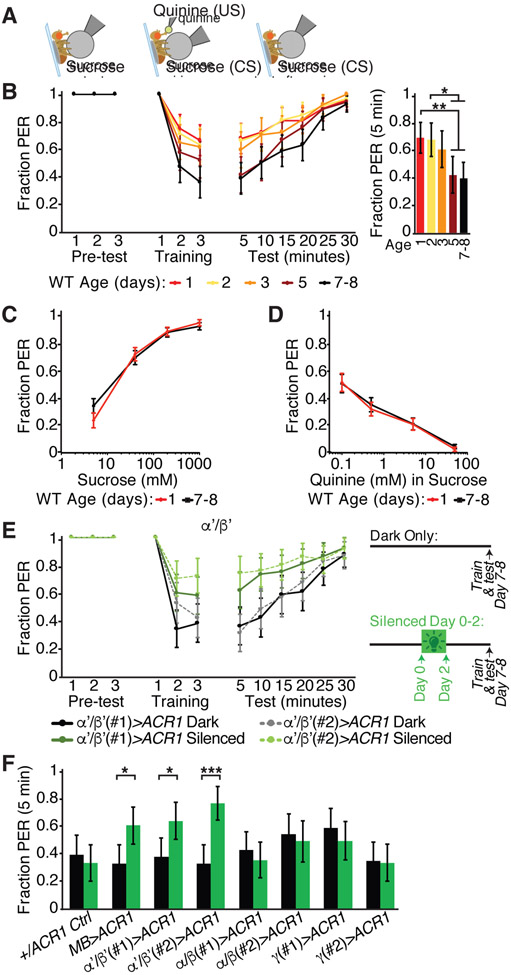Figure 4. α’/β’ KC activity in early adulthood is required for mature aversive taste memory behavior.
(A) Schematic of aversive taste memory behavioral assay. Flies were presented with 200 mM sucrose three times (pre-test) and only flies that showed reliable PER were included for the remainder of the experiment. Next, flies were presented with sucrose on their legs and their proboscis was touched with bitter 50 mM quinine upon PER (training pairing) three times. Finally, flies were presented with sucrose to the legs at 5 min intervals post-training to test learning. Learned behavior is independent of post-ingestive feedback.
(B) Aversive taste memory of wild-type CantonS flies of different ages, with bar graph representing data from the first 5 minute test period.
(C) Innate responses to sucrose (5, 40, 200, 1000 mM) presented three times each to the legs at day 1 or 7-8.
(D) Innate responses to bitter (0.1, 0.5, 5 and 50 mM quinine mixed with 100 mM sucrose) presented three times each to the proboscis at day 1 or 7-8.
(C and D) N=52 flies, data shown as mean with SEM error bars, NS, P>0.05, Mann-Whitney U test with Bonferroni correction for multiple comparisons.
(E) Aversive taste memory of mature day 7-8 flies; comparison of sibling controls reared in the dark only (no silencing, black or gray lines) and flies reared in green light from eclosion to day 2 to induce early adult developmental silencing of α’/β’ with gtACR1 (two independent drivers, green lines).
(F) Aversive taste memory of mature day 7-8 flies at 5 minute test period for dark-reared sibling controls (black bars) and flies reared in green light from eclosion to day 2 to induce early adult developmental silencing of no, all or subtypes of KCs with gtACR1 (green bars). Two independent genetic drivers used for each KC subtype.
(B, E, and F) N=46-71 flies, data shown as mean with 95% confidence interval error bars. ***P<0.001, **P<0.01, *P<0.05, Fisher’s Exact Test with Benjamini-Hochberg False Discovery Rate adjustment. See also Figure S4.

